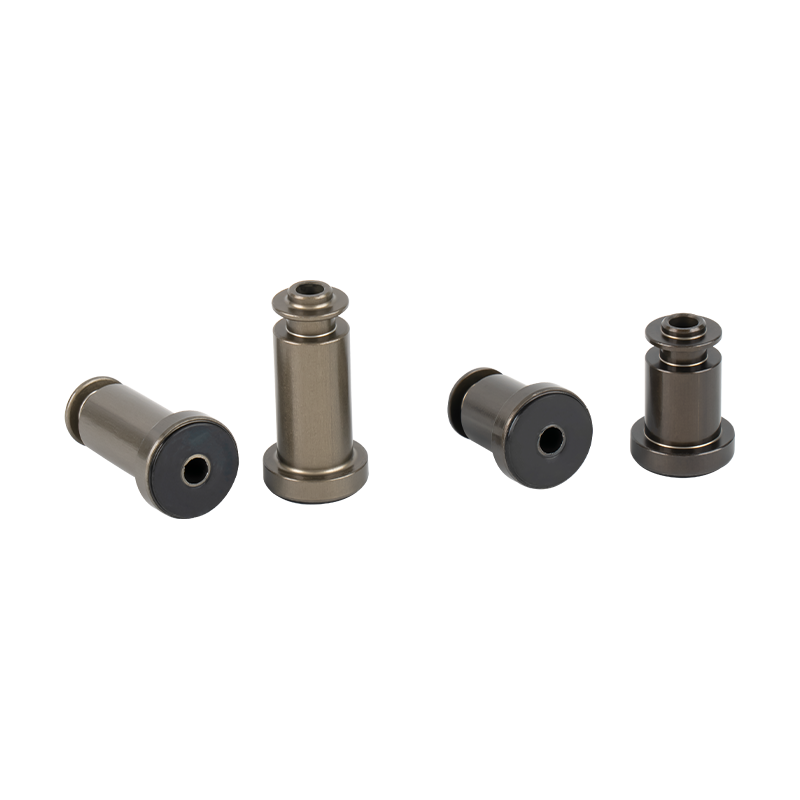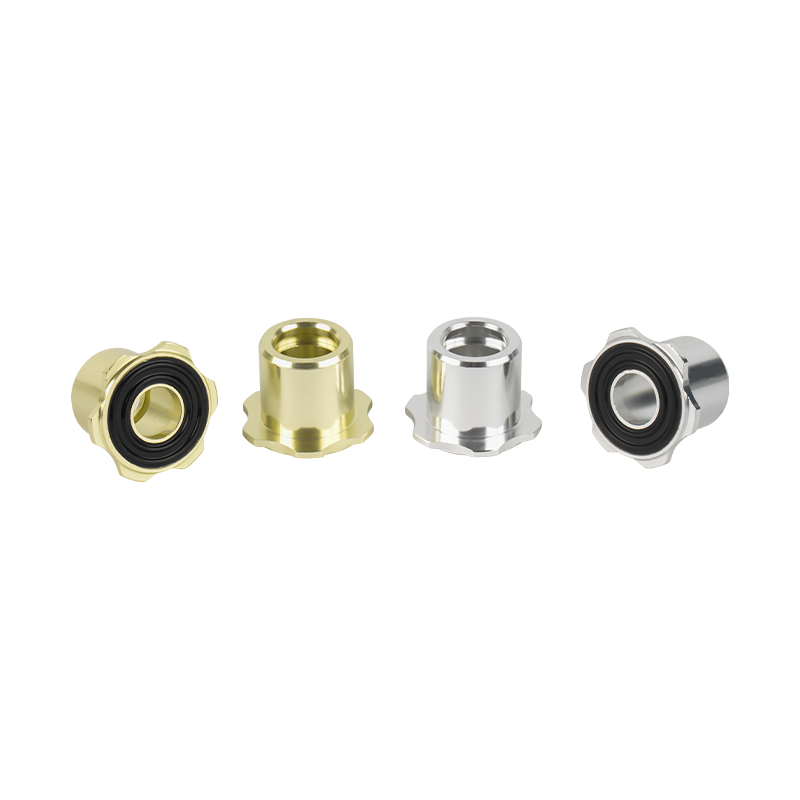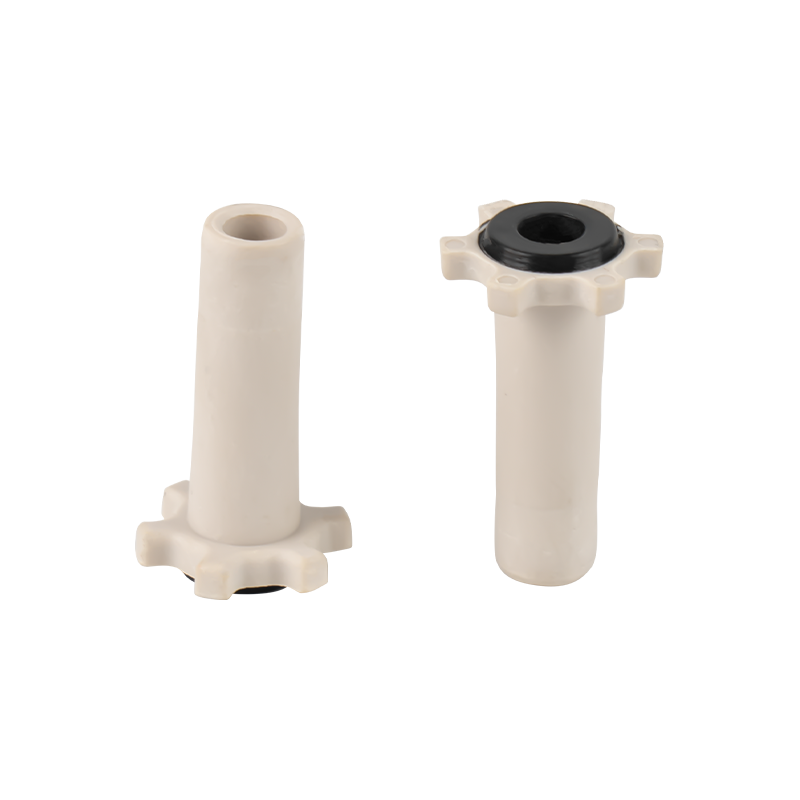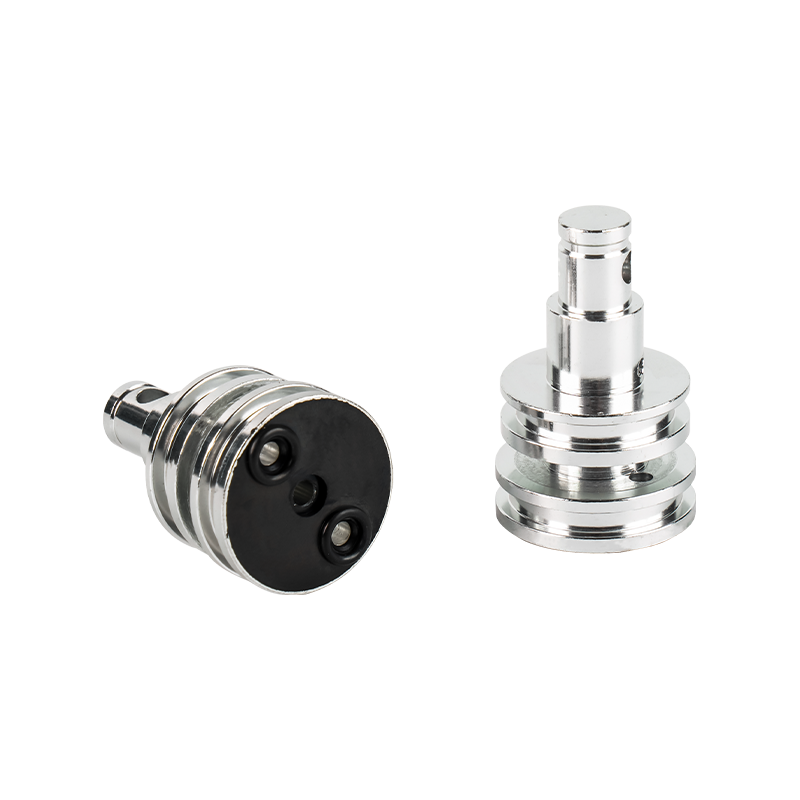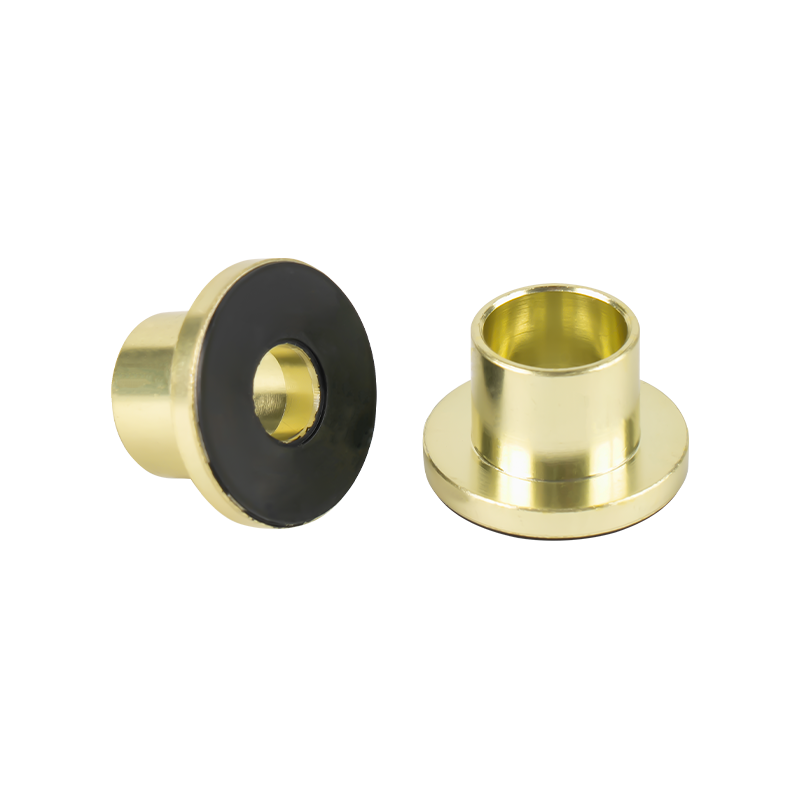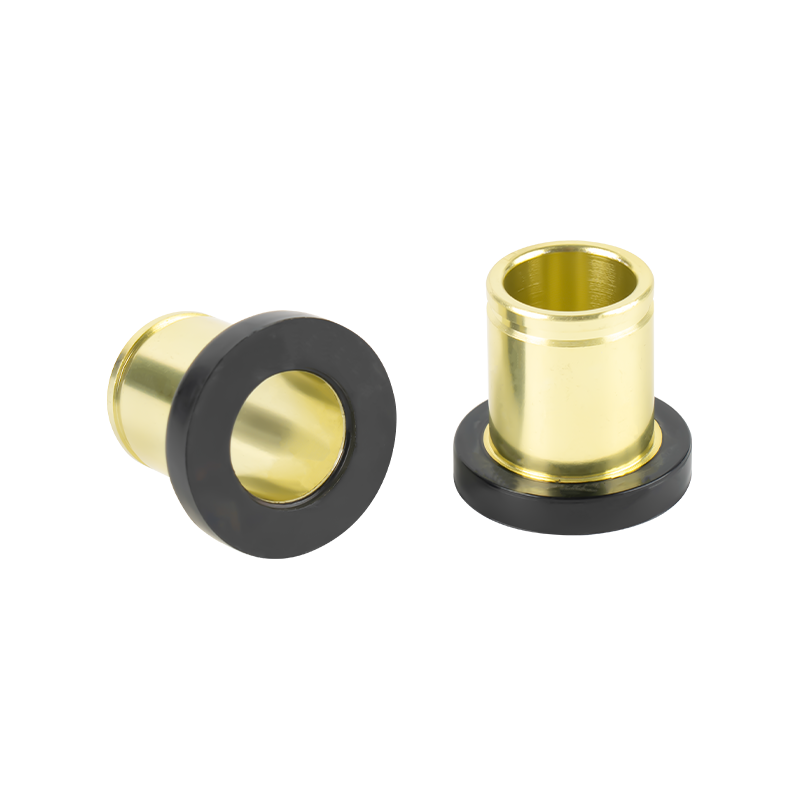How Does Pneumatic Brake Valve Ensure Safe Braking for Vehicles and Machinery?
2025-08-29
What Is the Role of Pneumatic Brake Valve in a Braking System?
The pneumatic brake valve is a critical component in pneumatic braking systems, which are widely used in heavy-duty vehicles like trucks, buses, and trains, as well as in some industrial machinery. Its primary role is to control the flow of compressed air within the braking system, which in turn activates the brakes.
When the operator presses the brake pedal (or activates the brake control), the pneumatic brake valve opens, allowing compressed air from the air reservoir to flow through the valve to the brake chambers. The compressed air in the brake chambers pushes against diaphragms or pistons, which then apply force to the brake shoes or pads, causing them to press against the brake drums or discs—slowing down or stopping the vehicle/machinery. When the operator releases the brake pedal, the valve closes the air supply to the brake chambers and opens a vent, allowing the compressed air to escape from the chambers. This releases the pressure on the brake shoes/pads, allowing the brakes to disengage and the vehicle/machinery to move freely again. Essentially, the pneumatic brake valve acts as a switch that regulates the air pressure to control the braking action, ensuring precise and reliable stopping power.
What Are the Key Features of a High-Quality Pneumatic Brake Valve?
A high-quality pneumatic brake valve must have several key features to ensure safe and efficient braking. First, it needs precise pressure control. The valve should be able to accurately regulate the amount of compressed air flowing to the brake chambers based on the operator’s input—this ensures that the braking force is proportional to the brake pedal pressure, allowing for smooth and controlled braking, rather than sudden or uneven stopping which can cause instability.
Another important feature is reliability and durability. Pneumatic brake valves operate in harsh conditions, including exposure to vibration, temperature changes, and dust or moisture (especially in vehicles used outdoors). A high-quality valve is made from robust materials, such as high-grade aluminum or steel, that can withstand these conditions without corrosion or mechanical failure. The internal components, like seals and valves, should also be made from durable materials (like nitrile rubber or polyurethane) that can resist wear and maintain a tight seal to prevent air leakage.
Air leakage prevention is crucial—even small leaks can reduce the air pressure in the braking system, leading to decreased braking performance or even brake failure. High-quality valves have tight-fitting seals and undergo rigorous testing to ensure they are leak-proof. Additionally, a good pneumatic brake valve should have quick response time. When the operator presses or releases the brake pedal, the valve should open or close rapidly to deliver or release air pressure immediately, ensuring that the brakes act quickly, which is essential for safety in emergency situations.
How to Maintain Pneumatic Brake Valve to Prevent Malfunctions?
Regular maintenance of the pneumatic brake valve is essential to prevent malfunctions and ensure the safety of the braking system. First, conduct regular visual inspections. Check the valve for any signs of physical damage, such as cracks in the housing or bent connectors. Also, inspect the air lines connected to the valve for damage, kinks, or loose fittings—these can cause air leakage or restrict air flow. Look for signs of corrosion on the valve body, especially if the vehicle/machinery is used in wet or salty environments, and clean any corrosion with a suitable cleaner if detected.
Second, test for air leakage. With the braking system pressurized, apply a soapy water solution to the valve body, seals, and connections. If bubbles form, it indicates an air leak. Small leaks may be fixed by replacing worn seals or tightening loose fittings, while larger leaks or damage to the valve body may require replacing the entire valve. It’s important to address leaks promptly, as even small ones can lead to reduced braking performance over time.
Third, keep the valve clean. Dust, dirt, and debris can accumulate on the valve and its components, potentially interfering with its operation. Regularly clean the exterior of the valve with a dry cloth or compressed air (at low pressure to avoid damaging components). Avoid using harsh chemicals that can damage the valve’s materials or seals.
Finally, follow the manufacturer’s maintenance schedule. The manufacturer will provide guidelines on the frequency of maintenance tasks, such as seal replacement or valve calibration. Calibration ensures that the valve is delivering the correct air pressure based on the brake pedal input—this should be done by a qualified technician using specialized equipment. Additionally, if the braking system experiences any issues, such as spongy brake pedal or reduced braking force, have the pneumatic brake valve inspected as part of the troubleshooting process to identify any potential problems.

 English
English русский
русский 中文简体
中文简体


